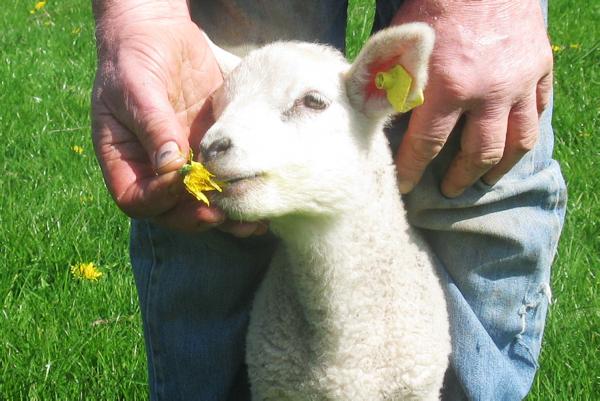This set me thinking about the grazing habits of sheep. Along with dandelions, sheep are noted for controlling ragworth. They will nibble at docks and cleavers and even clip the tops off thistles.
On the negative side my impression is that sheep help to spread nettles. It looks as if they carry the nettle seeds out from the hedges into the field proper.
Compared to cattle, sheep are much more uniform graziers. Their great attraction is that they will eat the longer grass around the dungpats that cattle won’t touch unless starved into eating it. This is why a pasture grazed with a mix of cattle and sheep will always stay more uniform and need less topping.
Sheep definitely thicken a sward. A dense grassy sheep sward will have a lot more keep in it than a cattle sward of the same height. While grass meters make some allowance for grass density I believe they still underestimate the potential yield on a typical sheep pasture.
Usually I don’t close up for silage until well into the summer when most of the lambs and some cattle are sold. When the grass is at its most potent early in the season I like to use it for grazing. At this time of year, a ewe and two lambs are easily capable of demolishing over 5 kg of grass dry matter a day.
Once weaned, the ewes (especially if they are in good condition) can be tightened to graze less than a kilogram of grass dry matter per ewe day. Dry ewes come in useful for cleaning up a paddock - again, another plus for having sheep around a cattle farm.
This year, however, such has been the burst of April grass growth that some paddocks may have to be taken out for silage earlier than intended. I only hope that the good growth of late April is not followed by a wet cold low growth spell in May.






 This is a subscriber-only article
This is a subscriber-only article










SHARING OPTIONS: